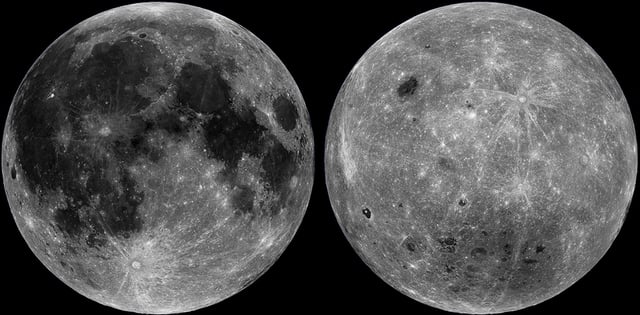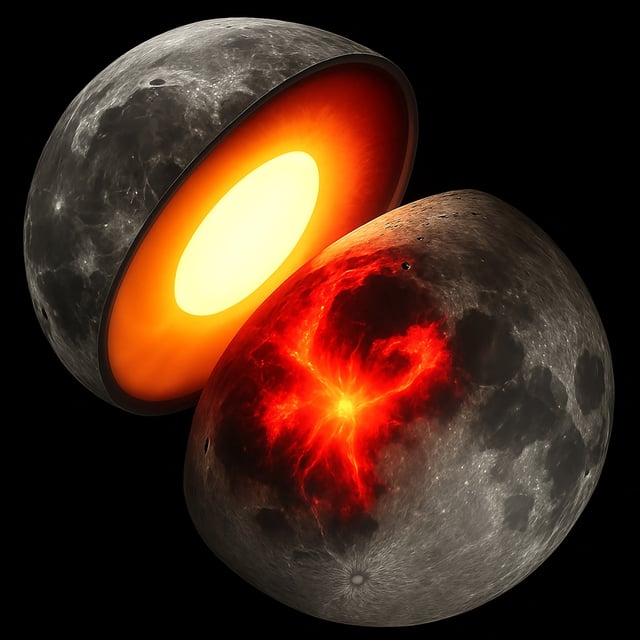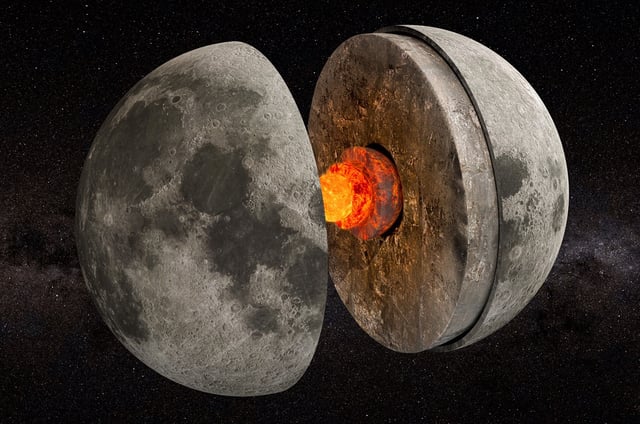Overview
- NASA researchers, using GRAIL mission data, discovered the Moon’s near side mantle is significantly hotter and more deformable than its far side by 100–200°C.
- The thermal difference is attributed to concentrated radioactive elements like thorium and titanium, remnants of volcanic activity from 2–4 billion years ago.
- This temperature disparity explains the Moon’s surface dichotomy, with vast mare plains on the near side and rugged terrain on the far side.
- The study introduces tidal tomography, a non-invasive technique that maps planetary interiors with unprecedented detail without requiring landers.
- The same method was applied to asteroid Vesta, revealing its interior is largely homogeneous with a minimal or absent core, and could be extended to other celestial bodies in future missions.


